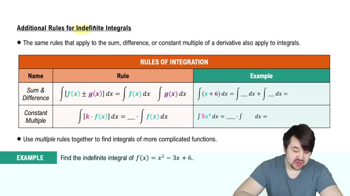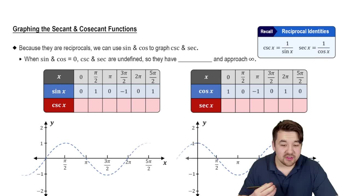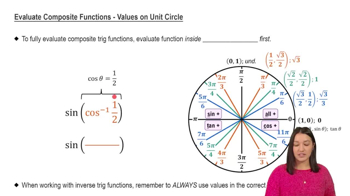Using the Addition Formulas
Use the addition formulas to derive the identities in Exercises 31–36.
cos (x − π/2) = sin x
 Verified step by step guidance
Verified step by step guidance Verified video answer for a similar problem:
Verified video answer for a similar problem:



 6:36m
6:36mMaster Simplifying Trig Expressions with a bite sized video explanation from Patrick
Start learning